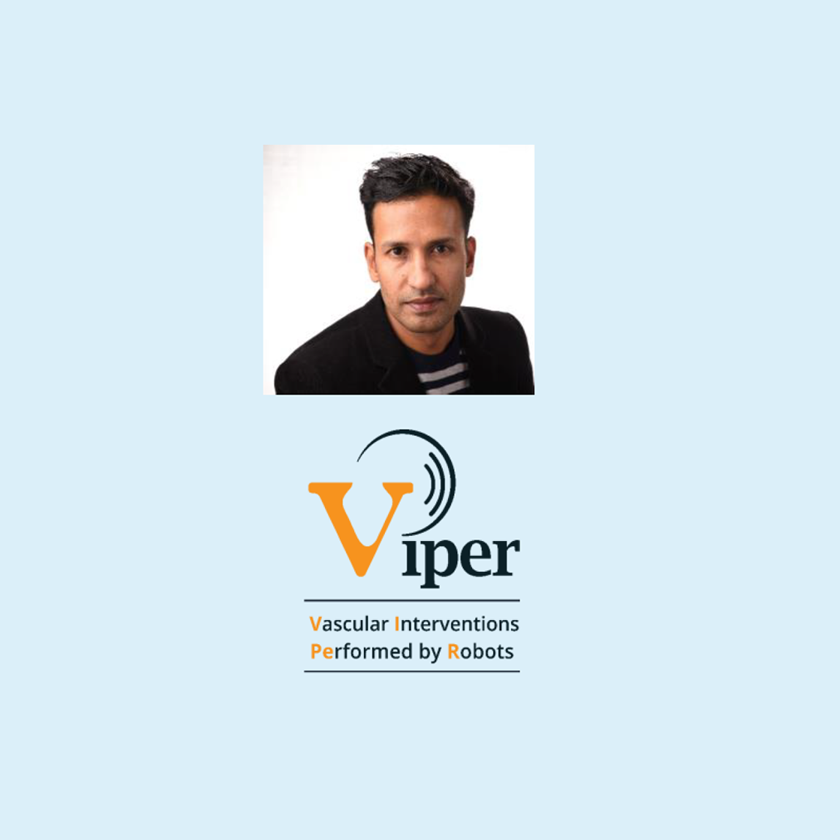A molecular medicine course with a little extra
At the department of Biomedical Sciences of Cells and Systems of the University Medical Center Groningen, they offer a molecular medicine course that has just this little extra. “With this course, we want to teach the students about the pathology of a disease, but also about current diagnostics and treatments. We want to show them the perspective from the research side, how the bench helps the bedside. For an ideal outcome, you need both perspectives,” says the supervisor, Assistant Professor Dr. Muriel Mari.
But in this course, they not only want to highlight the research perspective, they also want to show how important this perspective is, especially in diseases that have a molecular origin, and therefore are very rare. “In this course, we concentrate on rare diseases. Students usually learn a lot about the more common pathologies, but not the rare ones; so we decided to put these diseases in the spotlight,” Dr. Mari explains.
Almost every year, a different rare disease is highlighted in this course. This year the focus lies on the group of rare diseases named Neurodegeneration with Brain Iron Accumulation (NBIA). NBIA is a group of lethal neurodegenerative diseases affecting children, where iron accumulates in the brain and mainly results in spastic muscle movement, dystonia and an overall delayed physical and mental development. The disease is mostly inherited, it is progressive and there is no cure yet. Since it is a rare disease with multiple facets, diagnosis and treatment is difficult and often needs to be tailored.
A dialogue between students and patients
Seven 2nd and 3rd year medicine bachelor students participated in the course on NBIA; in the theoretical part, the students analyze the available knowledge about NBIA, learn about the molecular background of the diseases and finally, present their knowledge to experts in the field.
To make the connection from bench to bedside, Dr. Mari involved her colleague Dr. Mario Mauthe, who conducts research on one of the NBIA diseases. Through his research, he engages with the patient organization Stichting Ijzersterk (Dutch NBIA foundation), speaks regularly with patients’ parents or shares his findings at patient conferences. “Most NBIA diseases are caused by a molecular defect, so the families of patients are really interested in finding out more about the research we do. And since we wanted to give the students the opportunity to make the connection between their theoretical knowledge and the effects of these diseases on the patients and their families, we decided to bring students and patients together,” Dr. Mauthe says.
For the first time, a very practical part was added to the course; the students met and interviewed three families having children suffering from NBIA. The students found out how NBIA was diagnosed, treated, and how it affects everyday life of these families. The outcome of the interviews was added to the theoretical molecular part of the course, and the patients’ families were invited to join the experts in the final presentation.
A fruitful exchange
All students found this course very challenging but equally fulfilling, and would recommend it further. They studied and presented the molecular background of the different NBIA, and were able to see the disease from a patients’ perspective. “Each disease is different, and you can read about it but you really understand the differences once it is more human, on a personal level, and then you understand the nuances that come with it”, one of them says. “It is very important to be a healthcare provider who does not only see the disease but tries to understand patients’ point of view, who needs to be understood and treated, but learn how they deal with their symptoms and their condition. It is important to tackle that apart from the disease only”, another adds.
Dr. Mauthe elaborates: “What I found most surprising was that the symptoms that seem the hardest to deal with, at least on paper, were actually not the ones that the families struggled the most with. That was a good lesson for all of us, including the students. A certain symptom can look severe from our perspective, but it might not be the one that the patients struggle with; you can only find that out by talking to the human behind your factsheet.”
The patients’ families were equally enthusiastic about this exchange with the students. They were thankful for the interest in their stories and already said that they would happily join again.
Dr. Mari and Dr. Mauthe emphasise that without the great engagement of the Dutch NBIA foundation such a unique course experience would have not been possible. If you would like to learn more about NBIA and how to help these families, visit the website: Stichting ijzersterk.




